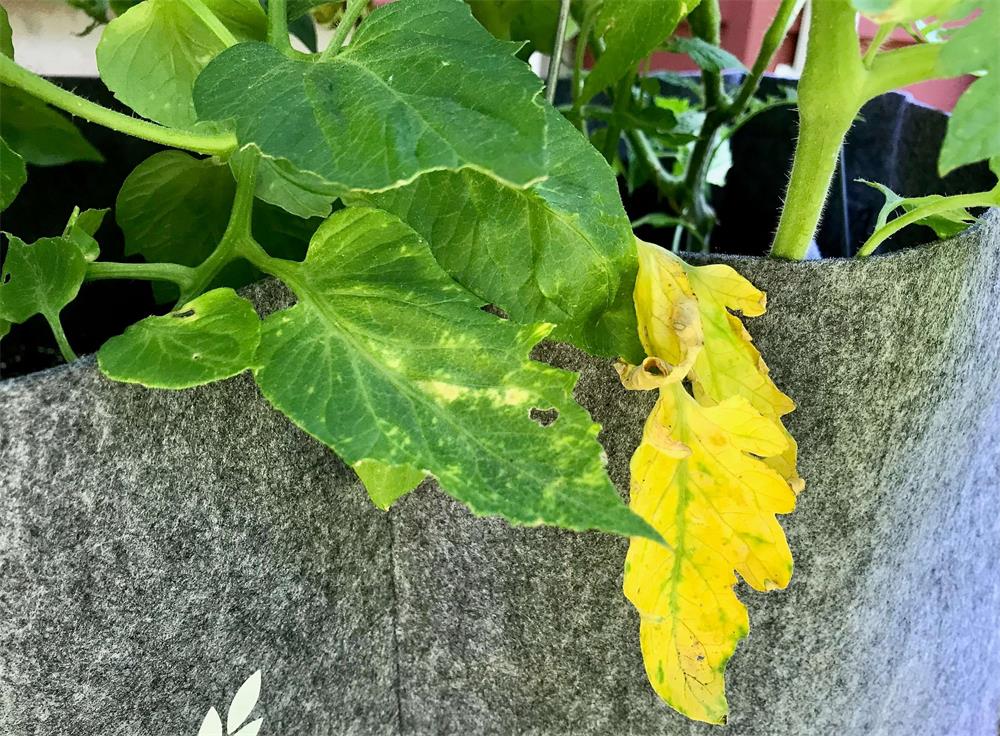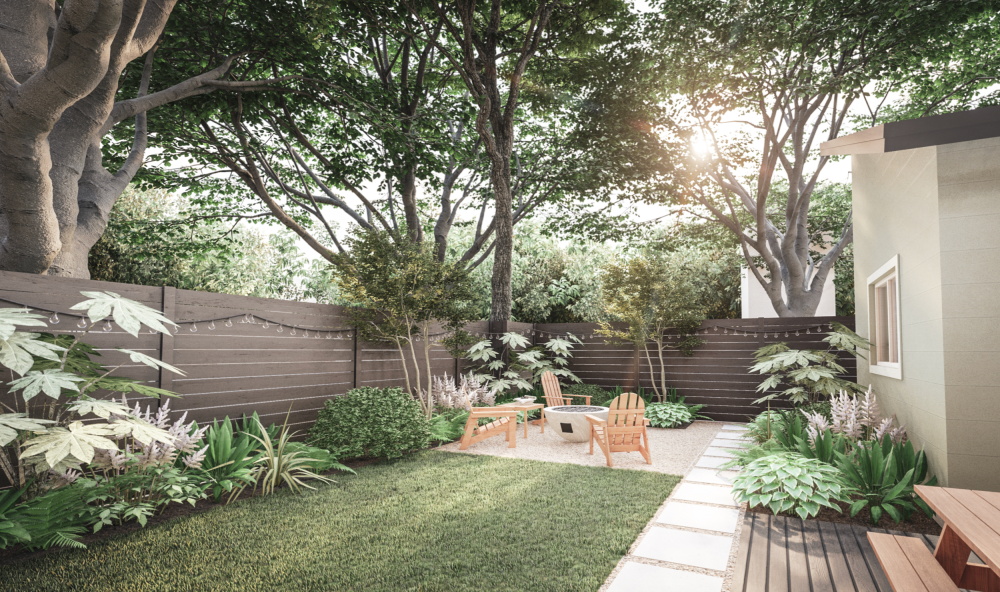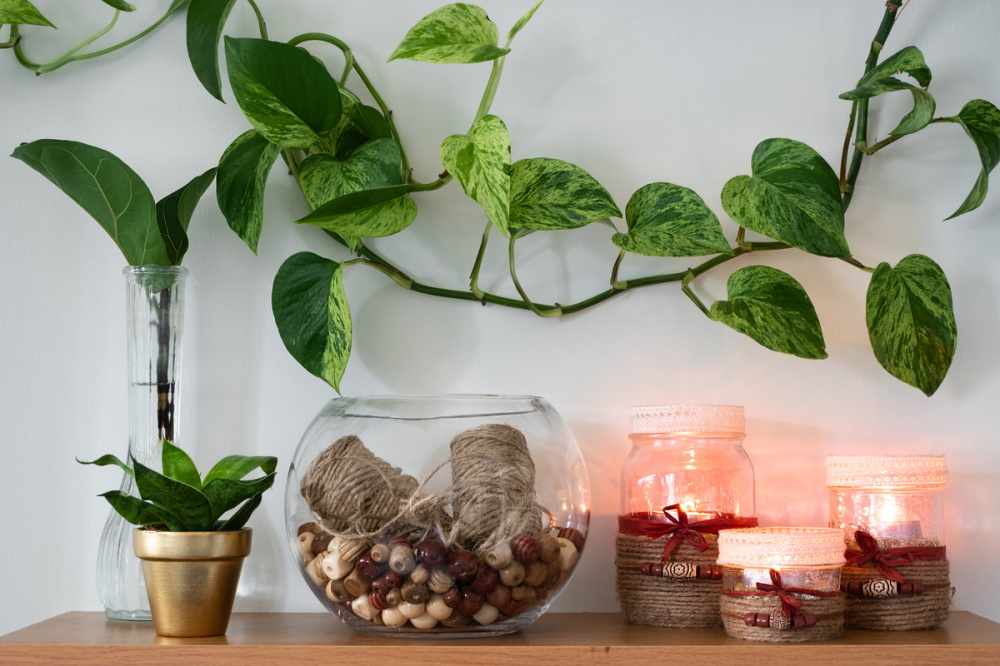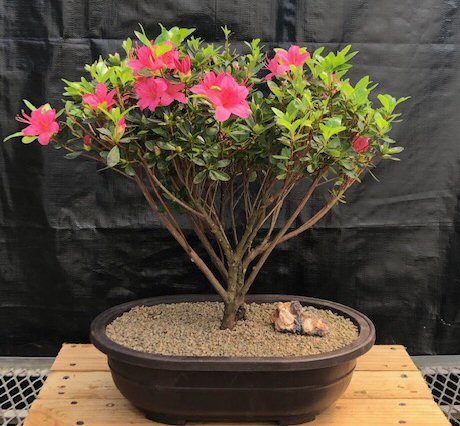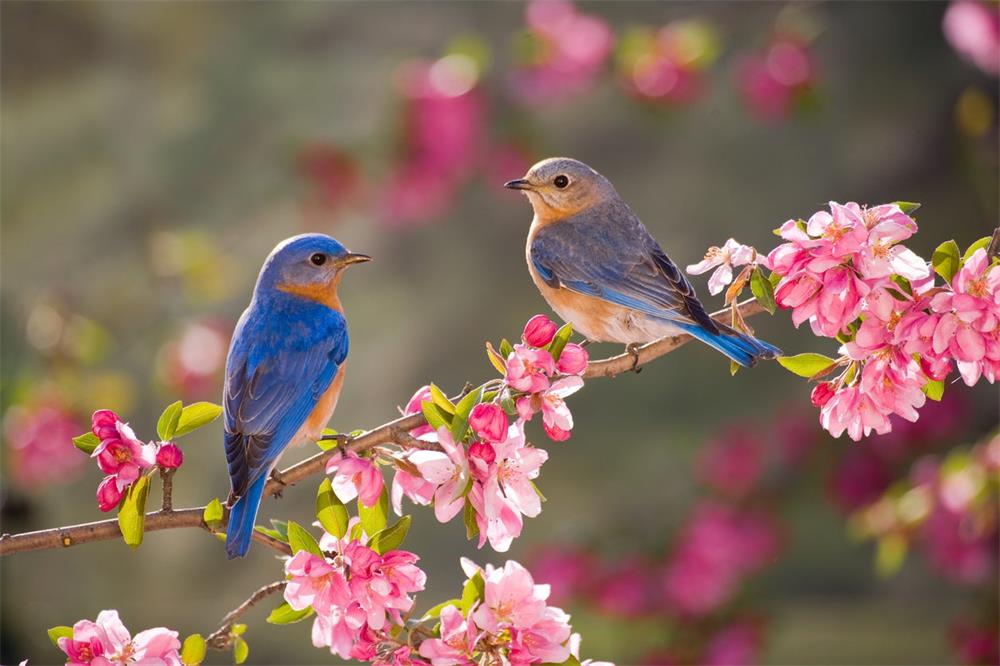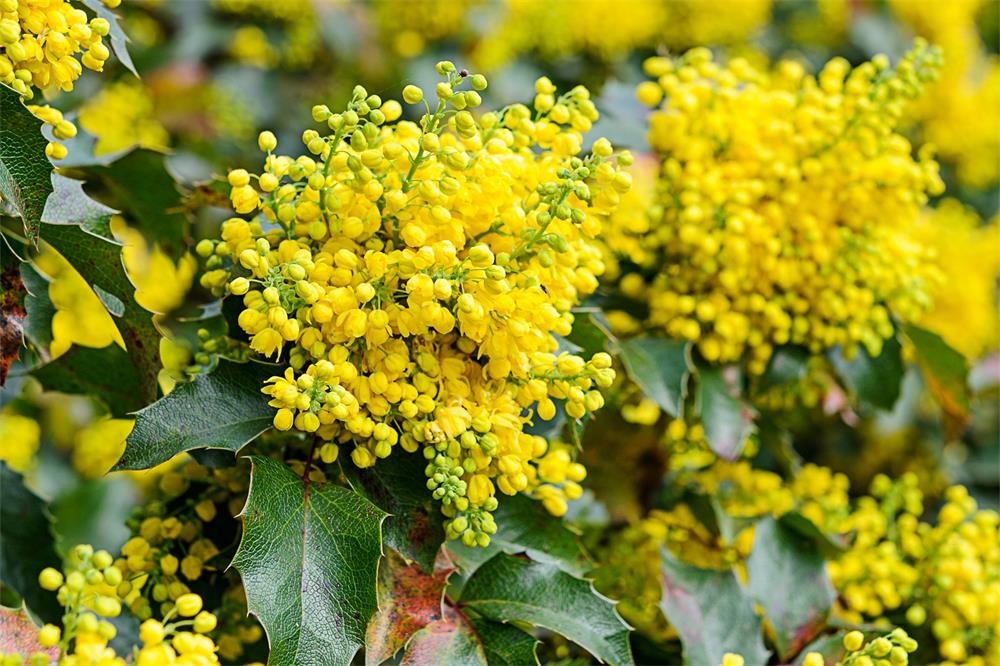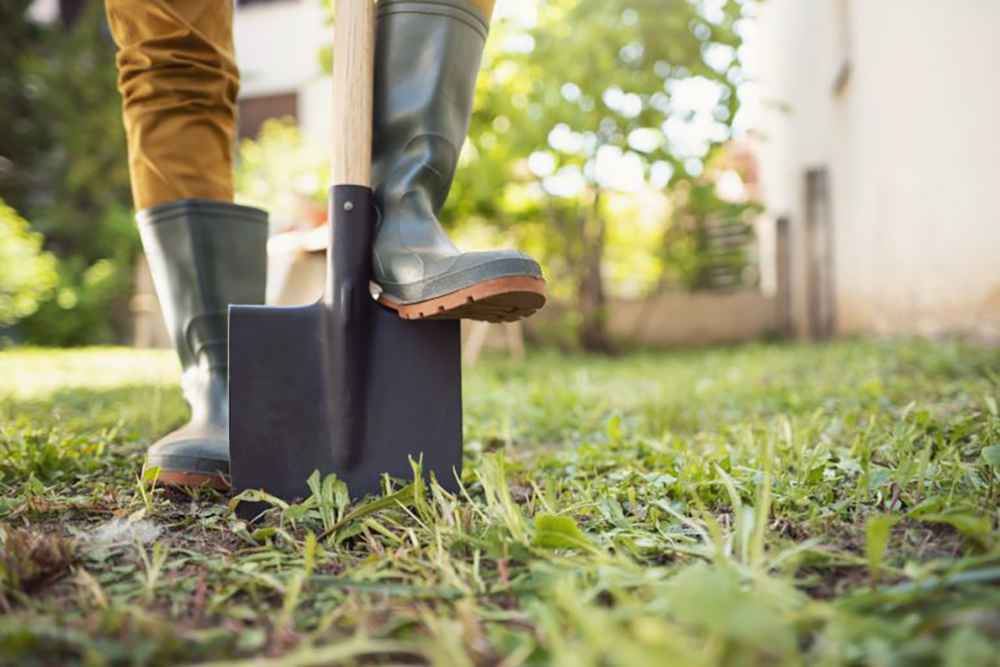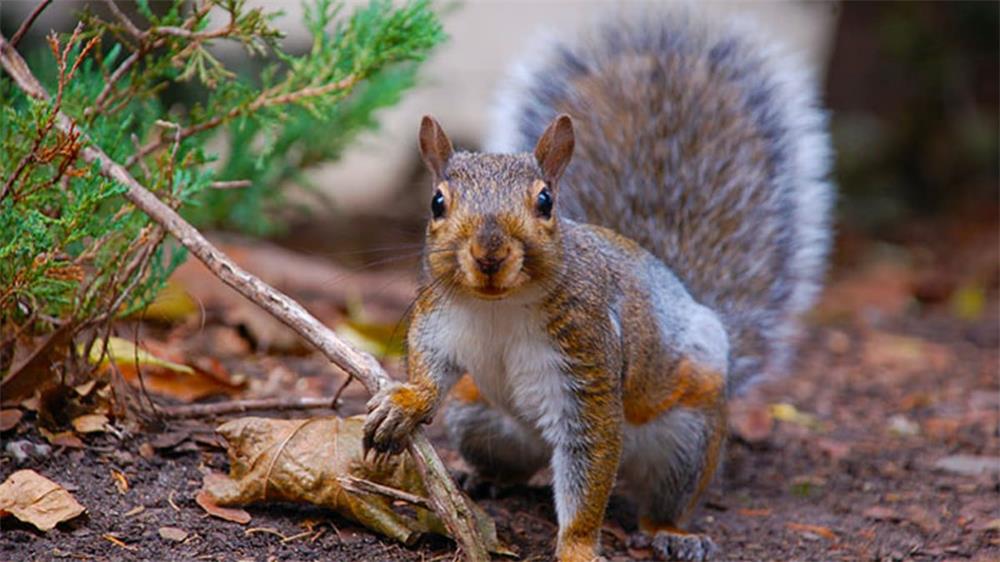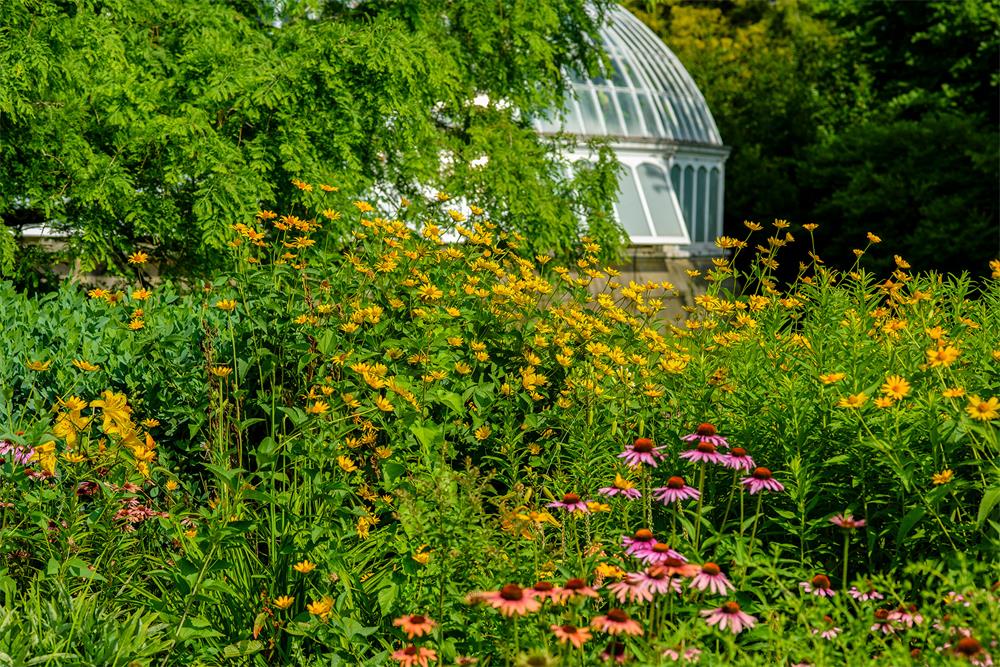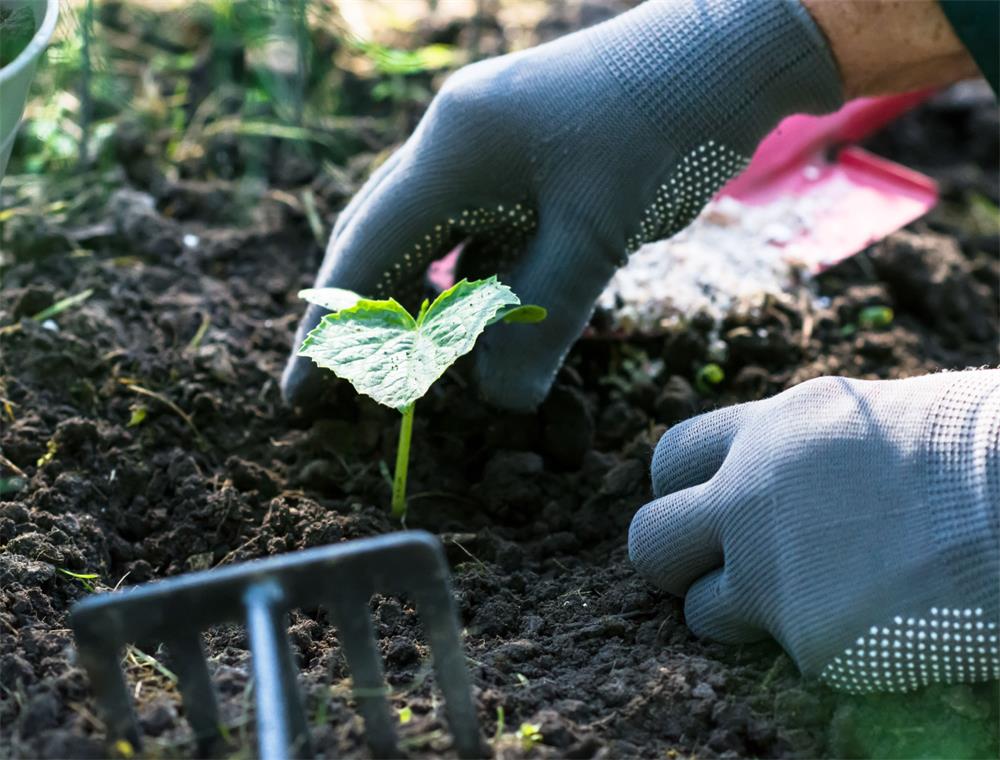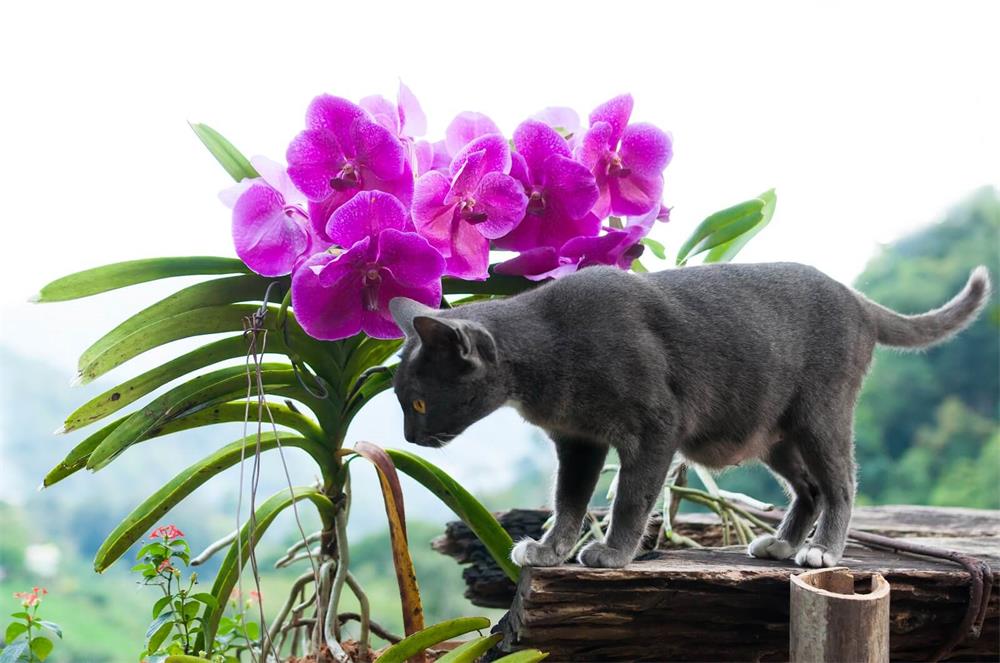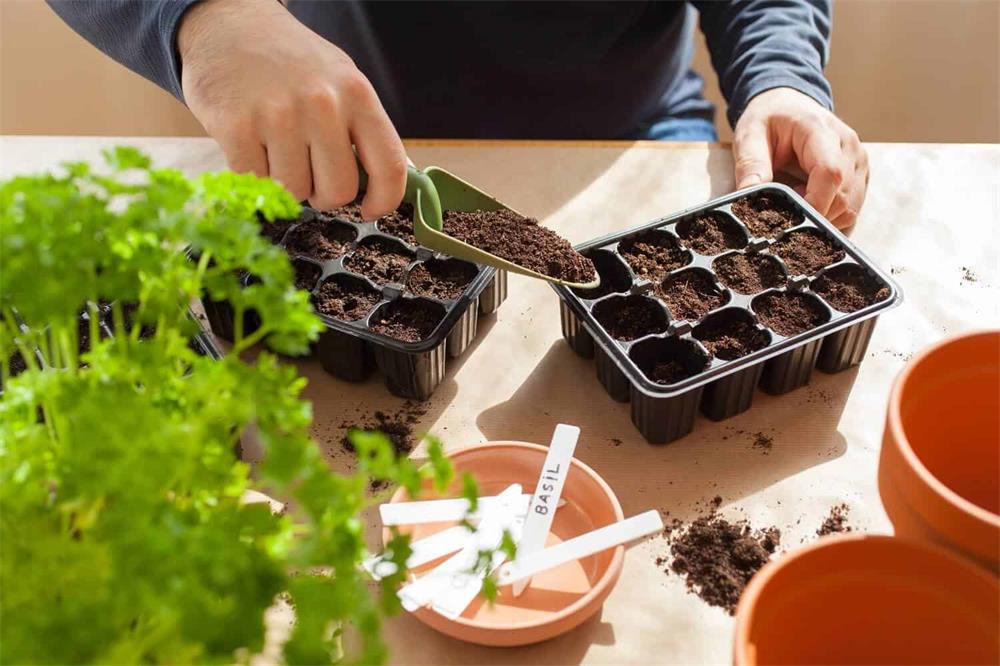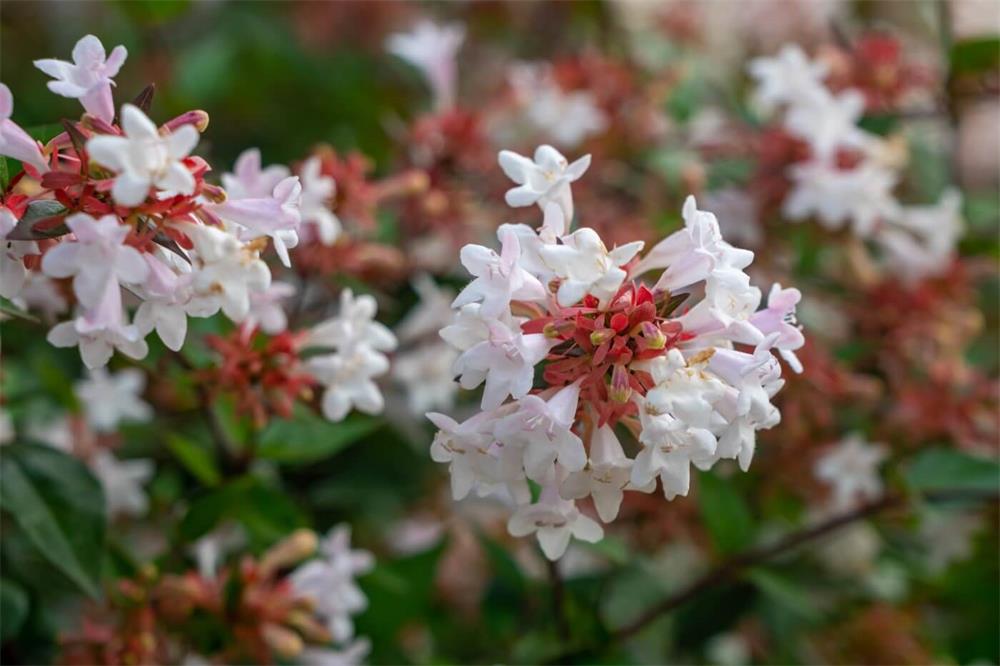
Abelia is a group of about 30 species and hybrids of flowering shrubs that belong to the honeysuckle family, Caprifoliaceae. They are native to Asia and have been popular in Southern gardens for their attractive foliage, long-lasting blooms, and deer resistance. Abelia plants are easy to grow and maintain, as long as they have enough sun, water, and well-drained soil.
Abelia plants have glossy, oval-shaped leaves that are usually green or yellow, but may also have pink, orange, bronze, or burgundy hues. Some varieties have variegated or multi-colored leaves that change with the seasons. The flowers are tubular or bell-shaped and come in shades of white, pink, yellow, or purple. They appear in clusters among the leaves or at the tips of the branches from spring to fall. Abelia flowers attract hummingbirds, butterflies, and other pollinators to the garden.
Abelia plants can grow from 2 to 10 feet tall and 2 to 8 feet wide, depending on the variety. They have a graceful, arching habit that can be used as borders, hedges, ground covers, foundation plantings, or specimen plants. Some dwarf varieties are suitable for containers or small spaces. Abelia plants are rarely bothered by pests or diseases, but may suffer from powdery mildew, anthracnose, or aphids if conditions are unfavorable.
To grow abelia plants successfully, follow these tips:
- Plant abelia in early spring or early fall when the temperatures are mild.
- Choose a location that receives full sun or partial shade. Abelia plants will produce more colorful foliage and flowers in full sun, but may need some afternoon shade in areas with the intense summer heat.
- Prepare the soil by adding compost or organic matter to improve its fertility and drainage. Abelia plants prefer slightly acidic to neutral soil pH levels (5.0 to 7.5).
- Dig a hole that is twice as wide as the root ball and deep enough to allow the top of the root ball to be slightly above ground level. Place the plant in the hole and backfill it with soil. Tamp down gently and water thoroughly.
- Water abelia plants regularly during the first year of establishment and during dry spells. Once established, abelia plants are drought-tolerant but will benefit from occasional watering during hot weather.
- Fertilize abelia plants in spring with a balanced fertilizer formulated for flowering shrubs. Follow the label instructions for the dosage and frequency.
- Prune abelia plants in late winter or early spring before new growth begins. Remove any dead, damaged, or diseased branches and shape the plant as desired. Abelia plants do not need heavy pruning unless they become overgrown or leggy.
- Mulch around abelia plants with organic material such as bark chips or pine needles to conserve moisture, suppress weeds, and protect the roots from extreme temperatures.
- Enjoy the beauty and fragrance of abelia plants throughout the growing season.
Abelia is a versatile and charming shrub that can add color and interest to any garden. With proper care and maintenance, abelia plants will reward you with years of enjoyment.



